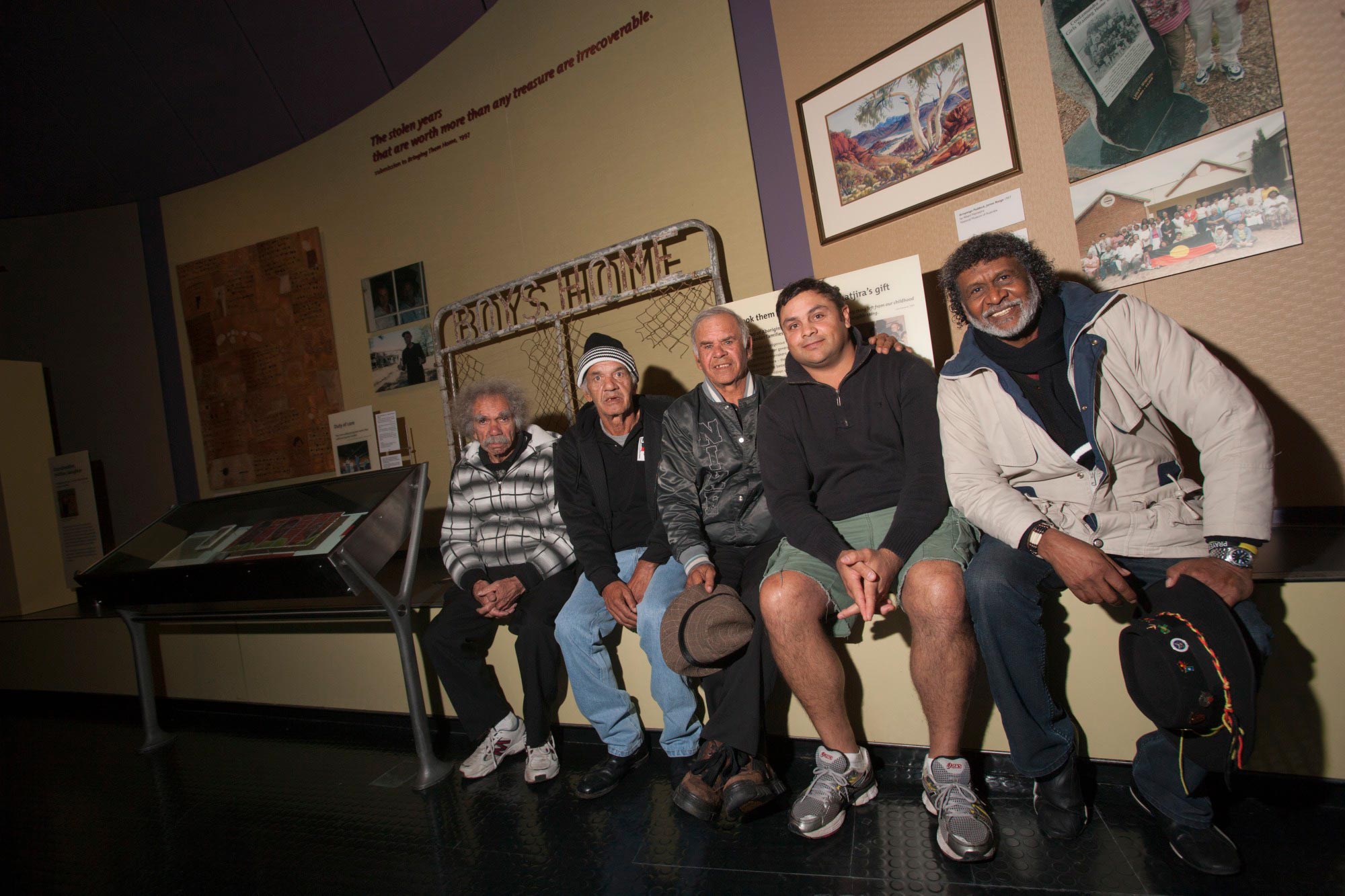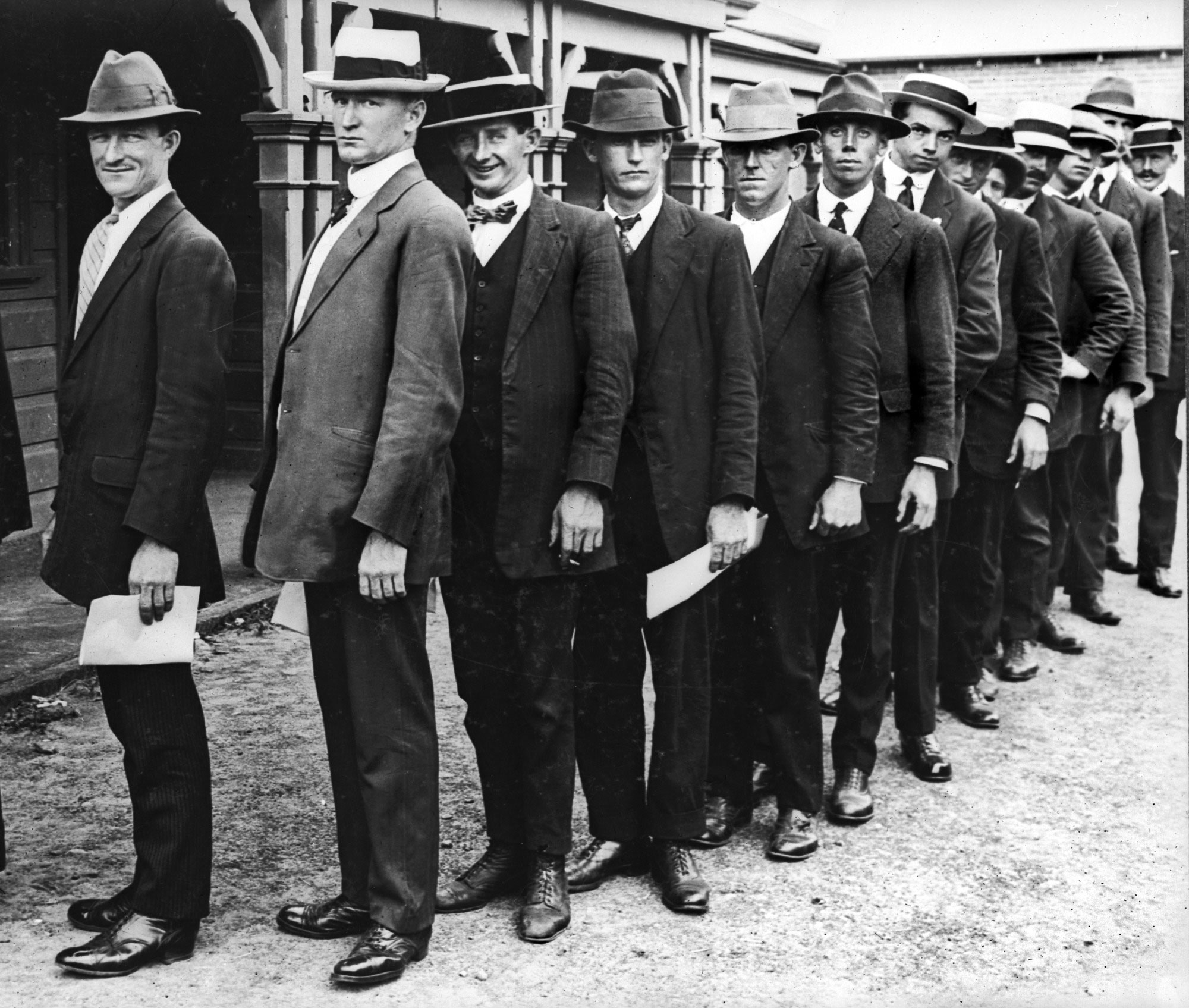Learning module:
War correspondents
War correspondents
9. Taking children away

You go to Mr Callister’s office.
‘I can’t say I approve of the way the governments of these Australian states treat Aboriginal people, junior,’ he says, ‘this next assignment isn’t pretty, but it definitely needs to be reported on. See Lucinda on your way out.’
Lucinda Clarkson is Mr Callister’s secretary. She gives you return train tickets to Sydney.
Upon arrival at Sydney you make your way to the parliament building. You speak to a few reporters from other newspapers while taking notes. In the afternoon you get a chance to talk to a senior politician in charge of passing this new law. This is what you find out...
The 1915 amendments to the Aborigines Protection Act 1909 gave the New South Wales Aborigines Protection Board the power to remove any Aboriginal child at any time and for any reason.
It would lead to thousands of Aboriginal children being taken from their parents because of race alone.
Disastrous impact
This government-sanctioned practice was widespread across Australia, and the tens of thousands of Aboriginal and Torres Strait Islander children it removed are members of what are now known as the Stolen Generations.
The Act had a disastrous impact on Aboriginal families and culture. The 1997 Bringing Them Home report found that children removed from their families were disadvantaged in the following ways:
- they were more likely to come to the attention of the police as they grew into adolescence
- they were more likely to suffer low self-esteem, depression and other mental illnesses
- they were more vulnerable to physical, emotional and sexual abuse while in ‘care’
- they had been almost always taught to reject their Aboriginality and Aboriginal culture
- they were unable to retain links with their land
- they could not take a role in the cultural and spiritual life of their former communities
- they were unlikely to be able to establish their right to native title.
Your task
Your boss, Mr Callister, wants to focus on the images that accompany this story.
‘Describe the source to me, so it’s like I was really there.’
Mr Callister sends a more experienced journalist, Emma Pratt, to help show you the difference between describing general and detailed features. Emma is one of the few women to rise to senior ranks in the newspaper business, having secured an opportunity at one of the more progressive papers.
Emma says, ‘When analysing sources, it is really important to fully examine the source itself, looking at all aspects of it before you start saying what you think it means.’ She is insistent on this point.
‘You have to look at it very closely first, rather than jumping to conclusions about what it means, otherwise you will miss important things in the source, or your judgement will be clouded by what you decide you think the source means beforehand. Don’t judge the source before you inspect it thoroughly!’, she continues.
The difference between describing general and detailed features can be summarised in this table:
| General features | Detailed or specific features |
|---|---|
| What is in the source overall | What is in the source overall as well as minor details |
| The most important things in the source | Everything in the source, whether or not you think it is ‘important’ |
| Using ‘vague’ words like big, small, very, good... | Using ‘specific’ words like three times bigger than..., small in comparison to..., useful for... |
Listing detailed features will usually involve more writing than just listing general features. So, if you write more, you are more likely to write about detailed features, not just overall features. She shows you this example source:

This is what she would consider ‘listing general features’:
‘In this picture, you can see a gate or part of a fence with the words Boys Home written on it’
This is what she says is ‘describing detailed or specific features’:
‘This source is a colour photograph of an old gate. We can tell the gate is old because it seems to have rust on parts of it. It is more likely to be a gate than a fence because it has a gate catch on the left hand side quite high up. The title Boys Home suggests that it may have belonged to a much larger place or institution for boys — perhaps for orphans or others less fortunate in society. The gate has pieces of old rusty wire on it which indicate that it was once covered in wire. This may have been to stop boys leaving the place or stop other people entering.’
Now your job is to describe detailed/specific features of this source:

Write your source analysis describing specific features. You should write at least seven sentences.
The next day you take the train back from Sydney, admiring the rugged farm scenery on the long journey. On your return you submit your report to Mr Callister. He summons you to his office.
‘Great work again, but we have no time to discuss this much further. War is imminent! The Great War between the European empires is finally here and everyone is excited! It looks like our mother country, Great Britain, needs Australia to help her. Seems like it will be the British, French and Russian Empires against the German and Austro-Hungarian Empires. I need you on this immediately!’
He says that this assignment could occupy you for the next year or so. Everyone assumes the coming war will be over soon, with a quick victory. The Australian government immediately agrees to enter the war and supply soldiers and equipment to Great Britain. Mr Callister sends you down to the recruitment offices to write a story about why people are joining the war effort. Go to 10.







